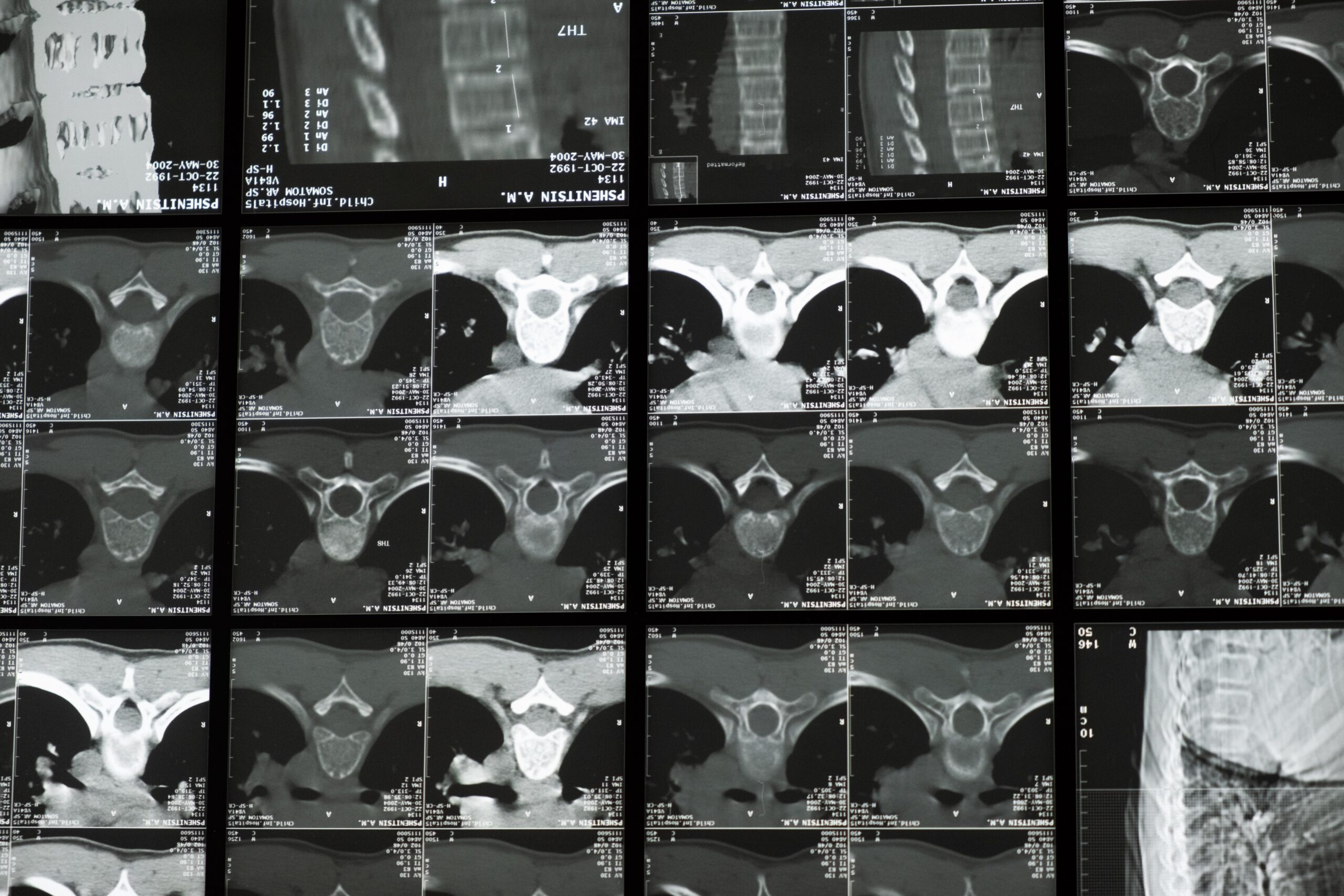X-ray guidance is used to precisely direct the injection into the medial branch.
Medial Branch Blocks
What are Medial Branch Blocks?
Medial branch blocks help to block pain signals and may help to determine the source of pain emanating from the facet joints along your spine.
The injection consists of a local anesthetic and steroid medication to reduce inflammation surrounding the injured joints.
The injection consists of a local anesthetic and steroid medication to reduce inflammation surrounding the injured joints.
Common Conditions
Medial branch blocks are typically administered to reduce back and neck pain that may have originated from injury, Arthritis, Herniated disc, or Spinal Stenosis.
- Back Pain
- Neck pain
Find out if a Medial Branch block is right for you.

What are the Benefits?
Diagnostic blocks may help to accurately detect the source of pain and determine if a follow-up radiofrequency ablation procedure may be beneficial.
These blocks are considered minimally-invasive treatments because they do not require incisions or extended recovery .
By interrupting the transmission of pain signals from the affected nerves to the brain, a medial branch block can help reduce pain and discomfort. The steroidal medication also reduces inflammation-induced pain around the affected joint.
How do Medial Branch Blocks Work?
Medial branch blocks target a group of nerves located near the facet joints called the medial branches. These nerves manage sensations and pain signals from the joints to the spinal cord and brain. A medial branch block is injected into the medial branch nerves and not the actual facet joints.


Find out if a Diagnostic Block is right for you.
What to Expect
During Treatment
After Treatment
Following your procedure you may experience some soreness and discomfort around the injection site. Some patients do experience numbness and/or weakness, but these side effects typically subside within a few hours.
Common Questions
Does the procedure hurt?
You may feel some discomfort from the injection. If you are worried, you can speak to your doctor about anesthetic and/or numbing options.
Will I experience any side effects?
Side effects are rare. But some patients do experience: dizziness, bruising and tenderness around the injection site, and allergic reactions to the block.
Are there any risks associated with medial branch blocks?
Serious complications from medial branch blocks are rare. Some patients do experience mild side effects, including: tenderness around the injection site, bleeding, nerve damage, and allergic reactions to the block.
How many medial branch blocks do I need for a full diagnosis?
Two separate medial branch blocks must be performed at a minimum of one week apart (ideally 2 weeks apart) to determine if radiofrequency ablation is needed for a long-term solution.
